Military Drill Meaning - The commandment is "for joy." On command, you can rest in a standing position, but you must keep your right leg. Your position in the structure will not change and silence will be maintained. Your hands may be relaxed, but your thumbs should also be together.
Drilling consists of drilling movements that are performed without accompaniment. Focus drill positions and parade rest are two perfect examples. Other common practice commands include parade rest, comfortable, left (or right) face, about face, and come out.
Military Drill Meaning
 Source: www.army.mil
Source: www.army.mil
Other commands, such as current hands and command hands, are executed while moving or stationary. To prepare soldiers to perform their duties in peace and war by drill, exercises and practice of prescribed movements. In a practical sense, drill unites soldiers into battle groups and familiarizes them with their weapons.
Interested In Joining The Military?
Psychologically, it promotes a sense of teamwork, discipline and self-control; It promotes direct performance of tasks in a chaotic environment and is a natural response to the control and stimulation of leaders. Modern drilling is basically of two types: close-laying and extended-laying, or drilling.
Close-up drills include movements and formal formations used in processions, parades and ceremonies. Combat drills train a small unit in loose, extended range and combat movement. We can contact recruiters from various military branches. Learn about the benefits of serving your country, paying for school, military jobs and more: Sign up now and hear from a recruiter near you.
Warning: If you don't remember anything else, don't forget to open your knees when participating in well drilling. Bend your knees enough so that it doesn't look like you're doing it but enough to allow blood to flow properly through your legs.
Failing to open your knees cuts off blood flow to your brain, so that over time (and you'll find that martial arts training often requires standing for long periods of time), you'll pass out and pass out.
Purpose And Results
A parade grinder pitch or suddenly kissing the deck steel of a ship is not a pleasant experience. First, for our purposes, what does "digging" mean? This is close order drill or foot drill, whether it is fixed or formed in march: squad (element), squad (aircraft), color guard, etc.
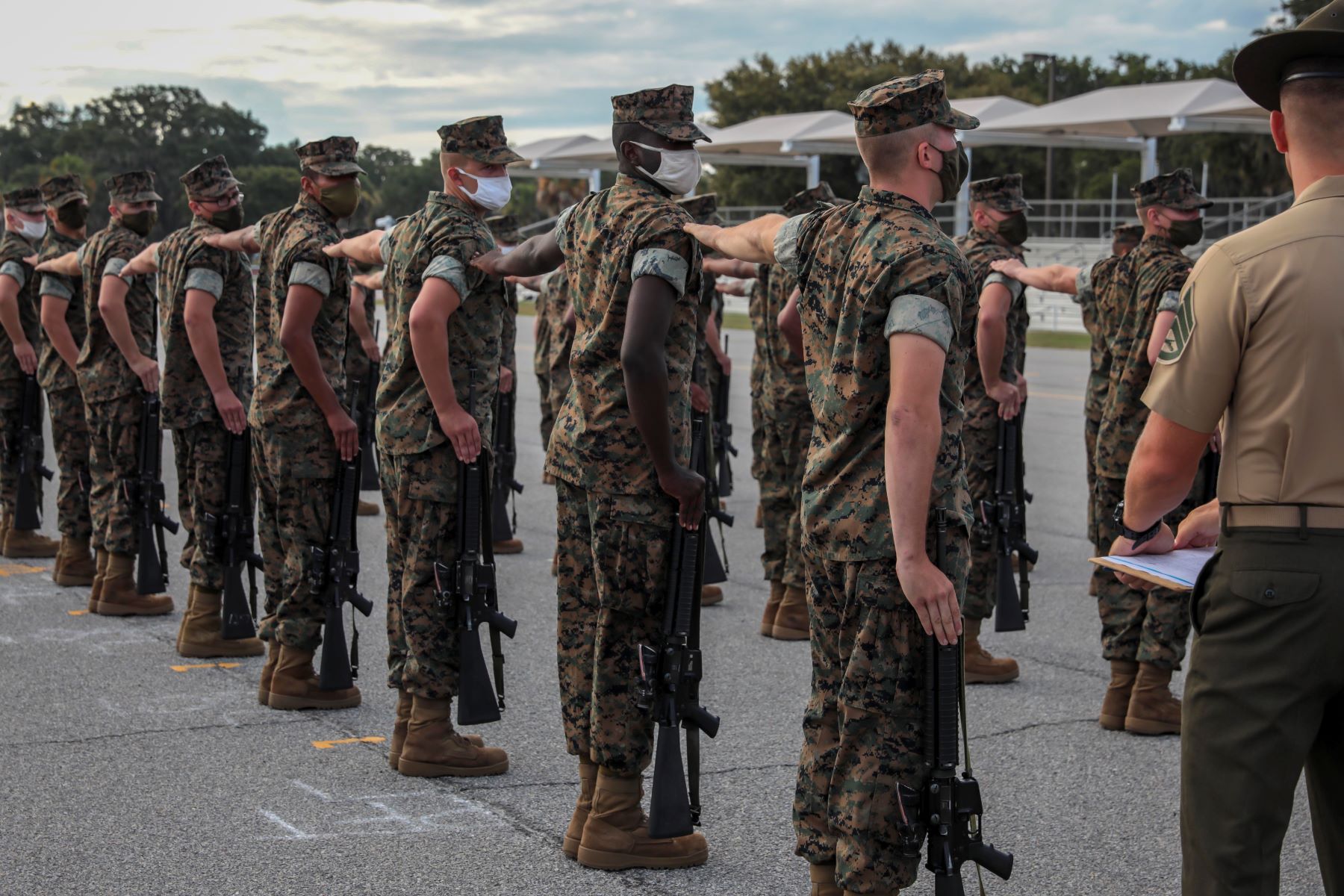 Source: images02.military.com
Source: images02.military.com
The term also includes a diversion of rifle, rifle drill. All content on this site, including dictionaries, thesauruses, literature, geography and other reference data, is for informational purposes only. This information is not considered complete, up-to-date and should not be used as a substitute for a visit, consultation or legal, medical or other professional advice.
When not under arms (carrying a gun), the command is "Now, arm" and "Order arms." With the command "Now, hands", the person gives a hand salute. The hand salute ends when the command "order arms" is given.
Underarms, to present the weapon, you bring your weapon in front of you with the trigger facing away from your body; Commanding arms are executed by returning them to your side so that the butt rests on the ground/floor/deck next to your right leg.
Ability to teach team performance processes. Delegation of responsibilities while maintaining ultimate accountability for performance results. Order of Recitation: Command, march and (gun, flag and/or body) movement. Ability to think quickly to stay within team time constraints and physical boundaries and recover from possible mistakes.
Command "face right" or "face left." At the "face" command, raise the heel of the right foot (left) and left (right) slightly, and point the ball of the left foot (right) 90 degrees to the right (left).
And the heel of the right (left) foot, support and a little pressure on the ball of the left (right) foot. Keep the legs naturally bent and not stiff. The upper body is in focus. This completes 1 movement count.
Next, smartly bring the left (right) foot forward, making sure your heels are together and in line. The legs should now form an angle of 45 degrees, which means that the position of concentration has resumed.
Source: offroadaction.v.digital1.cz
This step completes the 2 count of the movement. The arms hang straight beside the body without stiffness and the arms are straight and the forearms straight. Place the fingers, along the first joint of the finger, along the hem of the pants or the sides of the skirt.
The hands are closed (but not clenched into fists) and the palms face the feet. The head is held straight and the chin is held straight forward with a slight pull so that the axis of the head and neck is vertical;
Your eyes move forward in a line parallel to the ground. The weight of the body is evenly distributed over the heels and balls of both feet and requires quietness and immobility. The order of preparation is "parade", and the order of execution is "retreat".
At the "rest" command, the recruiter lifts the left foot high enough to clear the ground and moves smartly to the left so that the heels are 10 inches apart, as measured from the inside of the heels.
Keep the legs straight, but not stiff, and the heels in line. As the left leg moves, the arms, fully extended, are behind the body, opening the hands in the process, extending and connecting the fingers, pointing down.
Palms are facing outwards. Place the right hand in the palm of the left hand, with the right thumb on the left, forming an X. Sit still with head and eyes straight forward. An ancient custom found in ancient Sumer and Egypt, formal warfare began due to the need to gather and move large numbers of men for battle.
Drill in the modern sense was introduced by the Greeks, who often practiced phalanx maneuvers; The Spartans practiced discipline on par with their contemporaries. Philip II of Macedonia and Alexander III the Great further refined and drilled the phalanx.
 Source: image.slidesharecdn.com
Source: image.slidesharecdn.com
The diligent training of armies greatly contributed to Roman rule in the Mediterranean world for almost a thousand years. After the fall of Rome, military exercises almost disappeared as warfare degenerated into undisciplined warfare. Two notable exceptions were the well-trained professional legions of Byzantium and the disciplined cavalry of Genghis Khan and his successors.
Military training has many benefits, some are invisible and can be discovered years later. All these benefits bear fruit in war, which is why we march militarily, but they are also found in all aspects of life in general.
Drills and competitive ceremonies, especially in high school JROTC but also found in college SROTC and some non-academic drills, bring additional benefits: theatrical practice brings creativity in designing marching, body movements, and choreography. To come to the alert position (see Figure 9-1), bring the heels together smartly (by moving only the left leg) and in line.
Keep the heels as close together as body structure allows and make sure the feet are turned straight and at a 45 degree angle. Keep the feet straight without stiffening or locking the knees. The body stands at hip level, the chest is raised, the back is arched and the shoulders are square and even.
Actual marching on the battlefield disappeared in the 19th century due to improvements in the range and accuracy of weapons. This trend began during the American Civil War, when soldiers had to be trained to spread out, hide, and dig holes.
This was later accelerated by the introduction of the machine gun and rapid firing weapons. However, regimental training was being conducted, which not only had ritual value and provided a psychological basis for moving large numbers of men on foot, but for teamwork and discipline impossible without battle training.
Command "fall out". On command, you can rest in a standing position or break ranks (move a few steps out of formation). You must remain in the immediate area and return to formation with the "Enter" command.
/cloudfront-us-east-2.images.arcpublishing.com/reuters/OKJRU7NJJZJOPFCUSQRLK6WQLQ.jpg) Source: www.reuters.com
Source: www.reuters.com
Moderate speech is permitted. The purpose of military exercises is to move a group of people from point A to point B in an efficient manner. Basic training or boot camp drills instill military spirit, discipline and a spirit of achievement.
It teaches adherence to standards, response to orders, personal coordination, teamwork, esprit de corps (the spirit of the formation/corps from a historical perspective), agility, promptness, courage, adaptability, attention to detail and leadership. It gives the group the ability to give respect, show respect and carry on tradition.
It is also a form of exercise. A military drill platoon is an armed or unarmed marching unit that performs routines based on military drills. All drill teams, regardless of size, play or perform their routine.
Therefore, all teams are "exhibition practice teams". In the martial arts world, we've taken the term "exhibition drill" (XD) and given it a narrow definition (which is good) based on precision drill, fancy drill, trick drill, and freestyle drill, using freestyle.
Drill is the most appropriate word. So US military drill teams are actually exhibition teams, but they don't compete (primarily for "exhibition") which brings up the idea of a sub-classification of "ceremonial". Check out this military exercise graph.
These example sentences are automatically selected from various online information sources to illustrate current usage of the word 'drillmaster'. The views expressed in the examples do not necessarily represent the views of Merriam-Webster or its editors.
Send us feedback. Competition is not the goal of the drill party team. Competition may come and the team may compete, but the goal of the team is to perform. You can see this in the writing of books and materials.
 Source: static01.nyt.com
Source: static01.nyt.com
Its purpose is not to write a policy for competition, but for public display, entertainment. Service learning teams exist for a purpose and that purpose is not to create and parade a competitive program, but to show people what quality, hard work, teamwork, etc. are all about.
It is also used as a recruitment tool. All branches of the United States military service have an official drill team that is part of their Presidential Honor Guard. Service colleges have drill teams, as well as many university ROTC (Reserve Officer Training Corps) and high school JROTC (Junior ROTC) units.
In addition, many community organizations such as the Naval Sea Cadets, Junior Marines, Civil Air Patrol and civic organizations organize military drill teams. Click here to know more about cadet programs. The command is "hand, salutation."
At the command "Salutation," you raise the right hand in a discreet, direct manner, while simultaneously extending and interlacing the fingers. Keep the palm flat and look at the body. Place your thumb next to your index fingers, keep your palm flat and make a straight line between your fingers and elbows.
Bend the palm slightly towards the face. Hold the upper arm horizontally, slightly in front of the body and parallel to the ground. Make sure the tip of the right index finger touches the cap on the right side of the right eye.
If you are wearing a brimless hat, make sure the index finger touches the outer corner of the right eyebrow or the front of the glasses. The rest of the body remains alert. గమనిక: ఏదైనా విరామం (క్రాష్ మినహా) నుండి ఫోకస్ పొజిషన్ను పునఃప్రారంభించడానికి, ఆదేశం ఫ్లైట్/స్క్వాడ్రన్/గ్రూప్, (గ్రూప్ పేరు).
Be careful ఫ్లైట్, లేదా స్క్వాడ్రన్ లేదా గ్రూప్ యొక్క ప్రిపరేటరీ కమాండ్ వద్ద, వ్యక్తులు పరేడ్ విశ్రాంతి తీసుకుంటారు. "జాగ్రత్త" కమాండ్ కోసం, జాగ్రత్త యొక్క స్థానం తీసుకోండి.
military drill training, military formation drills, military marching drill, history of military drill, what is military drill, drill army, purpose of military drill, army drill movements
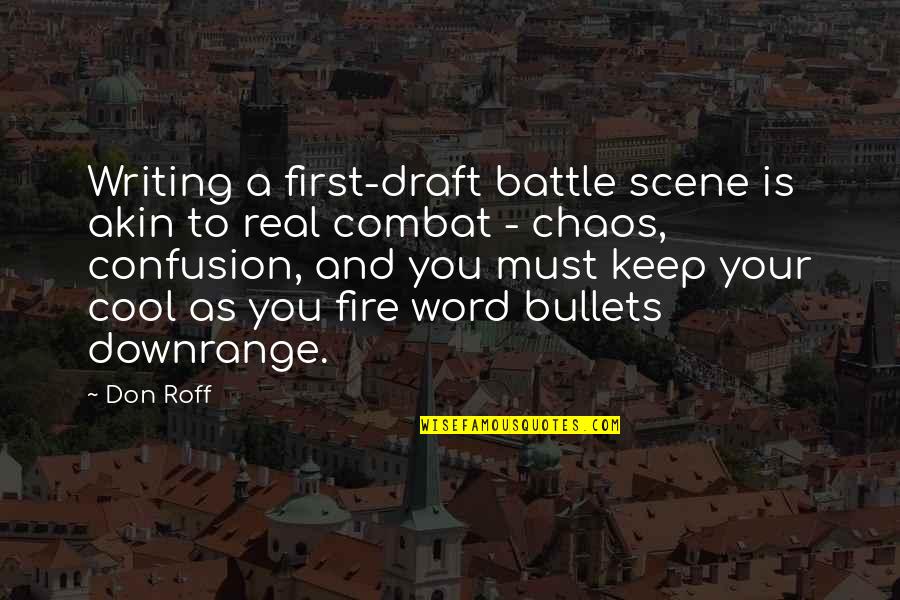
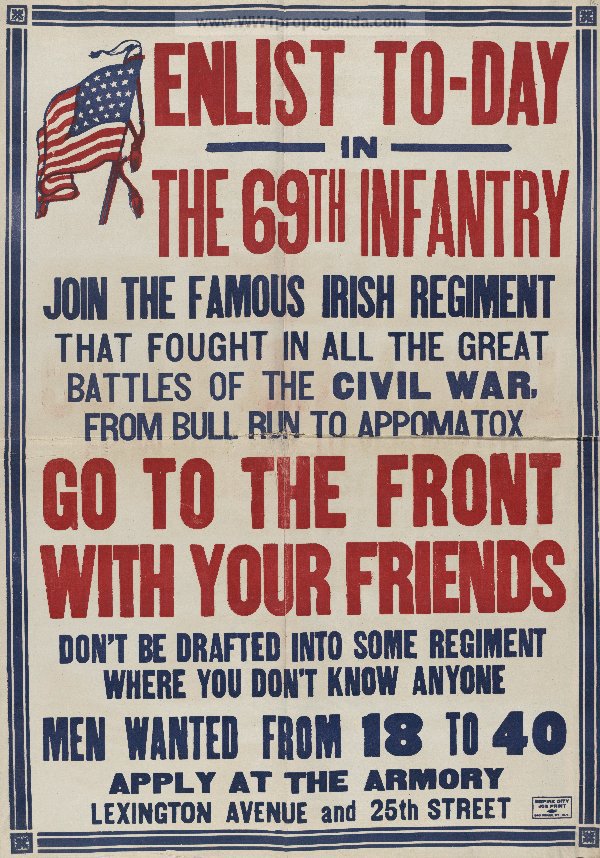 Source: cdn.quotesgram.com
Source: cdn.quotesgram.com Source: cdn.quotesgram.com
Source: cdn.quotesgram.com Source: cdn.quotesgram.com
Source: cdn.quotesgram.com Source: eurasianet.org
Source: eurasianet.org Source: quotefancy.com
Source: quotefancy.com
 Source: cohenprinting.com
Source: cohenprinting.com Source: cdn.shopify.com
Source: cdn.shopify.com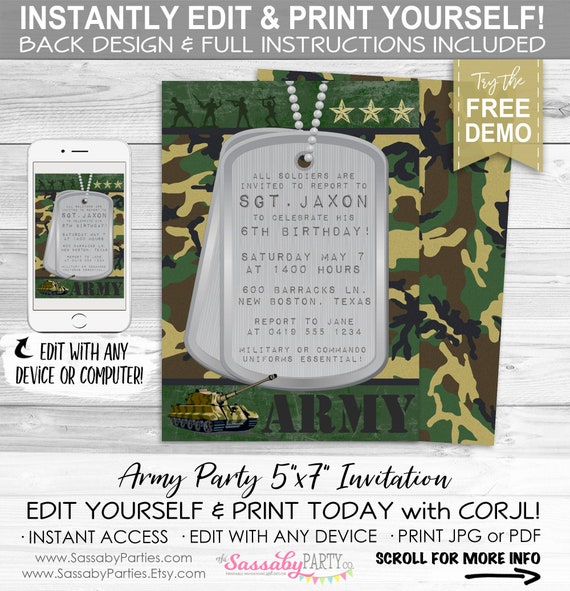 Source: i.etsystatic.com
Source: i.etsystatic.com Source: i.pinimg.com
Source: i.pinimg.com Source: www.drevio.com
Source: www.drevio.com
 Source: cdn.kingteeshops.com
Source: cdn.kingteeshops.com Source: www.sotshirt.com
Source: www.sotshirt.com Source: cdn.shopify.com
Source: cdn.shopify.com Source: images-na.ssl-images-amazon.com
Source: images-na.ssl-images-amazon.com Source: cdn.shopify.com
Source: cdn.shopify.com
 Source: m.media-amazon.com
Source: m.media-amazon.com Source: mediacloud.theweek.com
Source: mediacloud.theweek.com Source: www.diyphotography.net
Source: www.diyphotography.net Source: pbs.twimg.com
Source: pbs.twimg.com Source: i.pinimg.com
Source: i.pinimg.com
 Source: i.ytimg.com
Source: i.ytimg.com Source: placesjournal.org
Source: placesjournal.org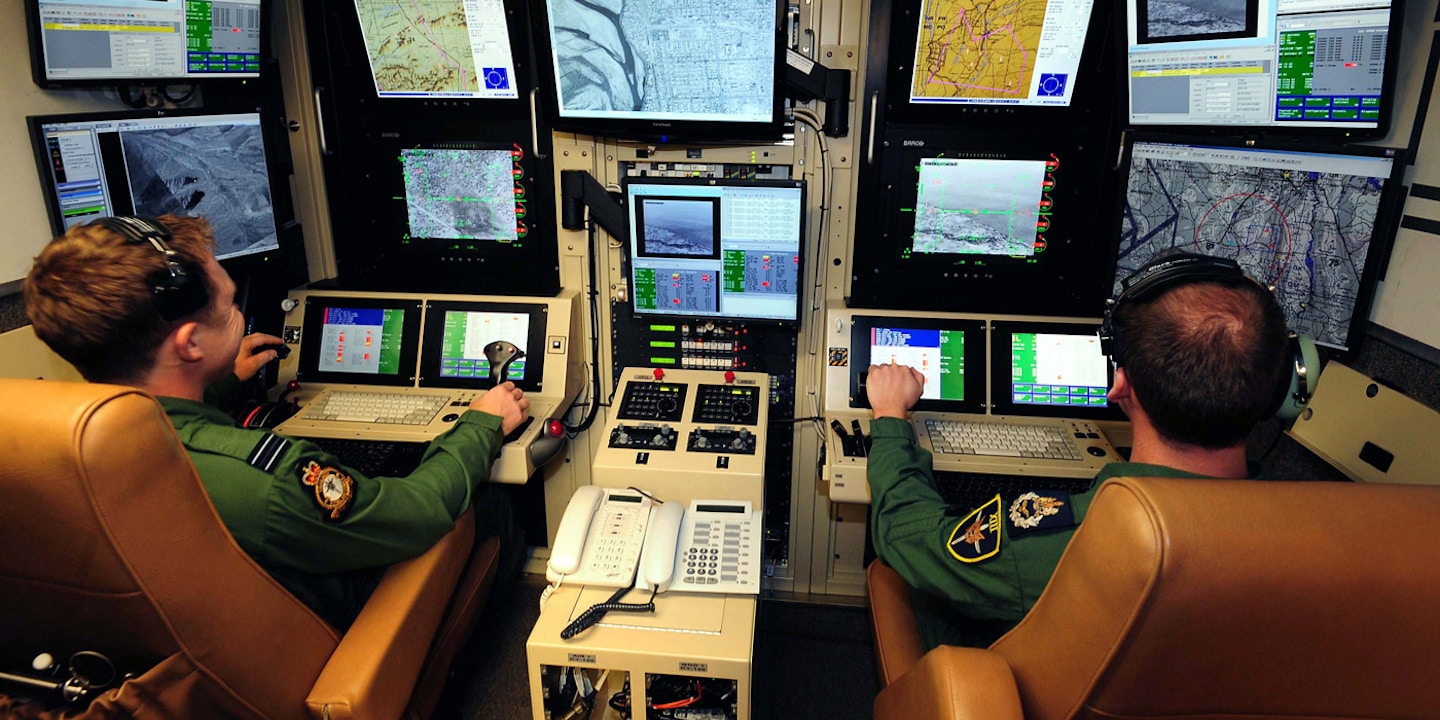 Source: theintercept.imgix.net
Source: theintercept.imgix.net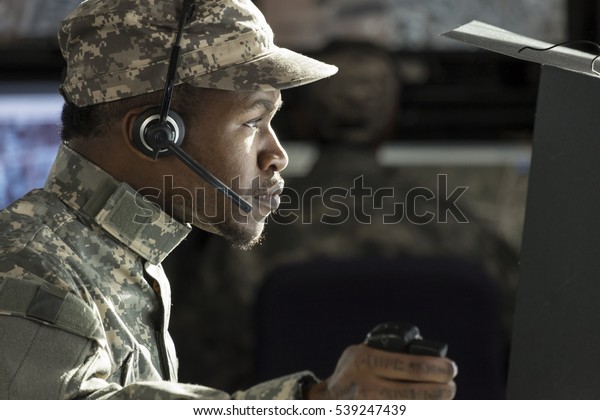 Source: image.shutterstock.com
Source: image.shutterstock.com Source: whowhatwhy.org
Source: whowhatwhy.org
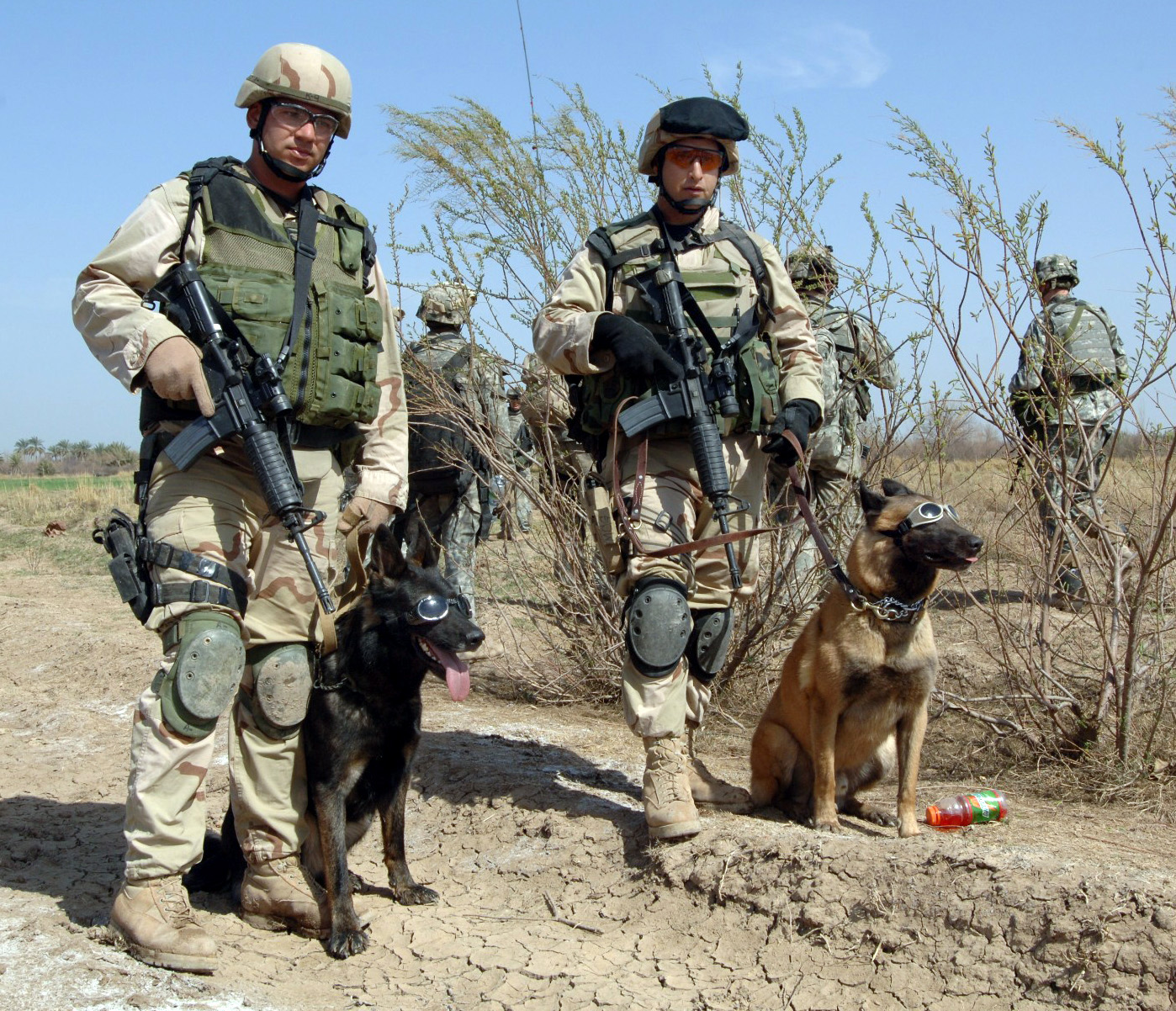 Source: media.defense.gov
Source: media.defense.gov Source: pbs.twimg.com
Source: pbs.twimg.com Source: media.defense.gov
Source: media.defense.gov Source: i.pinimg.com
Source: i.pinimg.com